Original source: Delphi Digital
Compiled by: Yuliya, PANews
As the market refocuses on practical value, decentralized finance (DeFi) is regaining momentum. From stablecoins to intent execution, innovation has entered the fast lane. Here are 10 key insights into the future development of DeFi.
1. Consumer DeFi apps are coming soon
Encrypted payment cards are gradually evolving from simple withdrawal channels to self-hosted smart contract wallets and can interact directly with the DeFi protocol. New encrypted payment cards such as Gnosis Pay, Argent and Fuse support programmable spending, automatic recharge, and integration with lending agreements, making the vision of non-banked closer to reality than ever before.
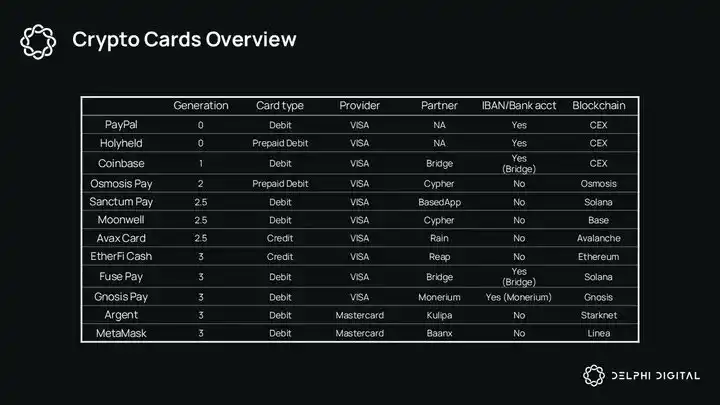
2. zkTLS opens a new frontier in DeFi
Zero-Knowledge TLS(zkTLS) technology allows users to certify sensitive data on the chain without exposing private information. 3 Projects such as Jane(credit lending), Camp Network(customized user experience) and Showdown(Web2 games) are leveraging zkTLS technology to expand DeFi into new markets. This may push functions such as on-chain credit scoring and low mortgage lending into the mainstream market.
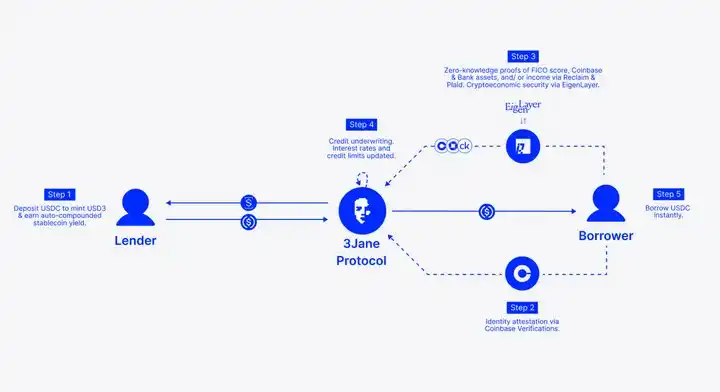
3. Revenue sharing stablecoins reshape the market landscape
Issuers of stablecoins earn huge amounts of income from reserve interest, and the DeFi project is disrupting this model. New stablecoins such as M^0, Agora, and Paxos USDG share revenue with applications, stimulating integration between wallets and DeFi platforms. This model could drive decentralization of stablecoin issuance and reshape the competitive landscape by rewarding distribution partners rather than relying solely on network effects.
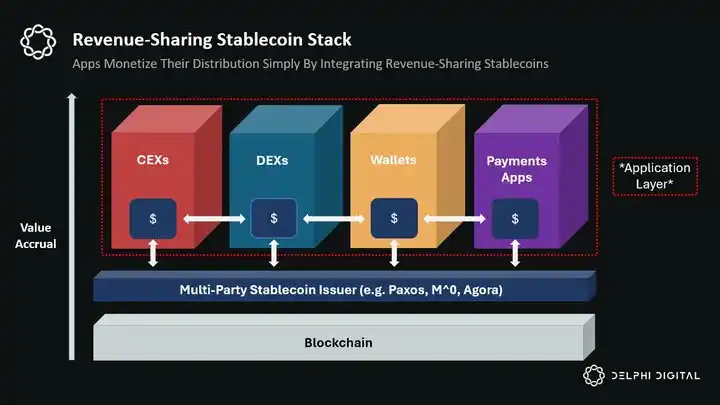
4. DeFi value shifts from the bottom to the front end of the protocol
The value of the DeFi protocol is shifting to those who control the flow of exclusive orders, especially wallets and intent-oriented front-ends. Platforms such as Jupiter and Phantom are deploying order flow monetization in an effort to reshape DeFi’s value distribution. As the MEV supply chain matures, the focus of competition will shift from DEX to the front end, and distribution capabilities will become the key to value capture.
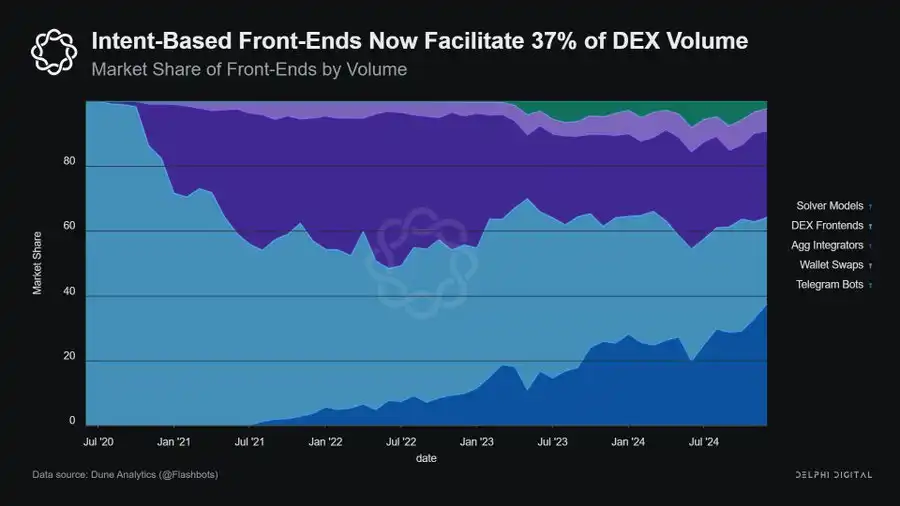
5. 2025 will be a trading year driven by DEX growth and aggregator
As DEX transaction volume increases and aggregators redefine execution methods, on-chain trading is undergoing a major transformation.
Angstrom is committed to solving MEV and LVR issues;
Bunni v2 enhances passive liquidity strategies;
· Whetstone Research innovates the token issuance mechanism through Doppler.
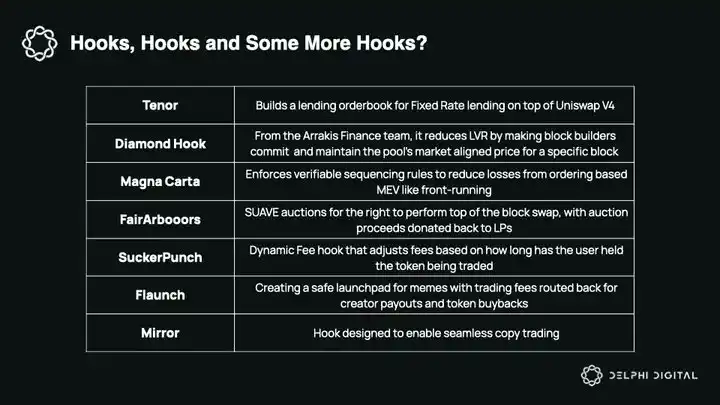
6. Uniswap’s strategic layout
Uniswap is transitioning from a single DEX to DeFi’s mobility infrastructure:
· Uniswap Labs v4 ‘s Hooks feature supports AMM customization, automated LP management and advanced order types;
· Unichain, as a blockchain specifically for DeFi, has high speed and MEV resistance;
· UniswapX is expected to become the main intent enforcement layer in the DeFi space.
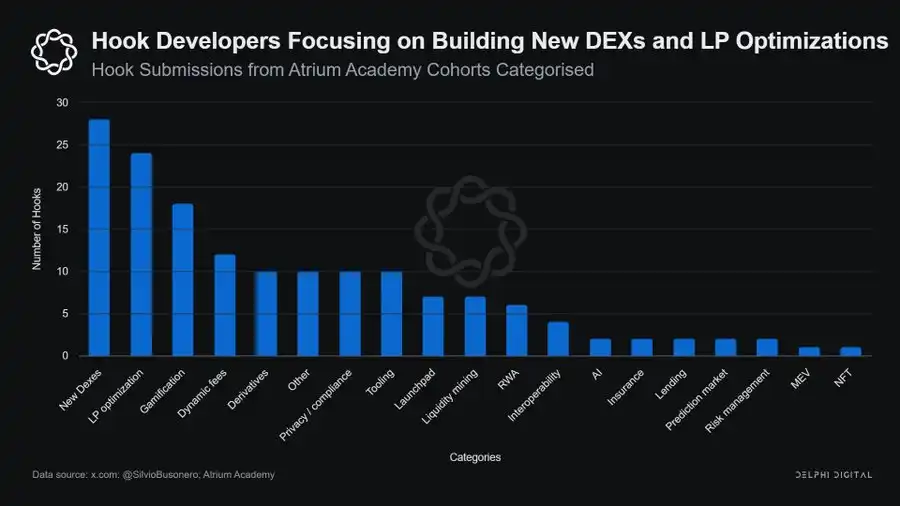
7. DeFi trading paradigm shifts
DeFi transactions are moving towards modularity, intent-oriented and high-speed execution. A new generation of DEX architectures is emerging to optimize liquidity, execution quality and MEV protection:
Valantis Labs provides a modular DEX framework that supports flexible exchange development;
· Arrakis Finance integrates off-site order flows through RFQs to protect LPs from MEVs;
· Fluid uses “smart collateral” to achieve leveraged market making and automated expense optimization;
·Order book DEX: High-performance public chains such as Monad, Sui and Aptos are achieving efficient order book transactions.
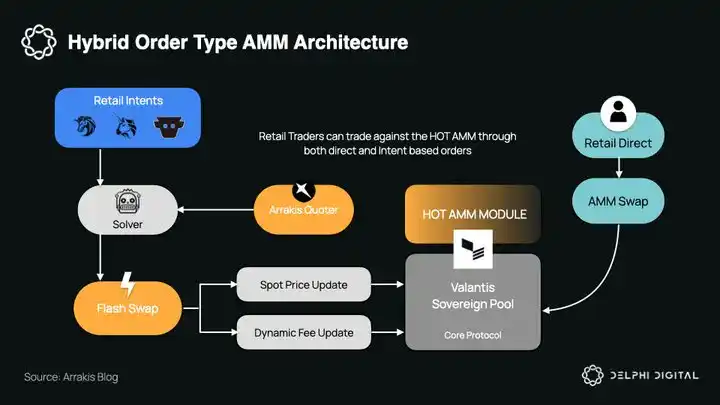
8. Forecasting the evolution of the market
Forecasting the market is no longer purely speculative speculation, such as:
· Limitless Exchange’s on-chain 0DTE derivatives provide efficient pricing and leverage;
Truemarkets ensures fair results through its Truth Oracle+ AI-driven verification and decentralized governance.
As these models develop, predictive markets may become a core component of on-chain finance.
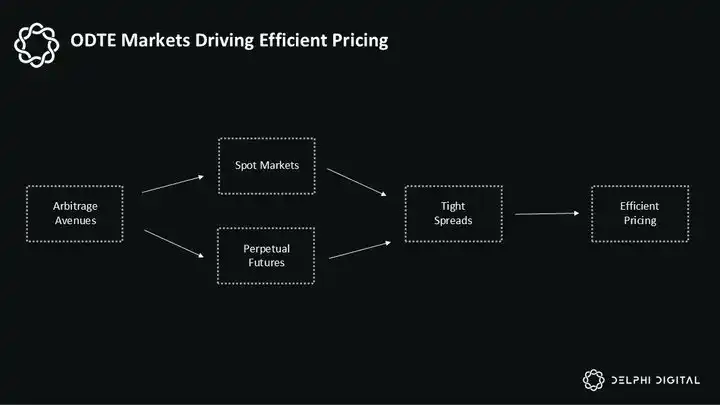
9. Development of Starknet
Although Starknet still faces challenges, low-cost transactions, pledge mechanisms and an expanding ecosystem have laid the foundation for its growth.
Key catalysts:
Bitcoin rollup may make Starknet a leader in BTC Layer 2;
·Lower blob costs provide expansion advantages over other L2s;
·On-chain games are becoming a new driver of adoption.
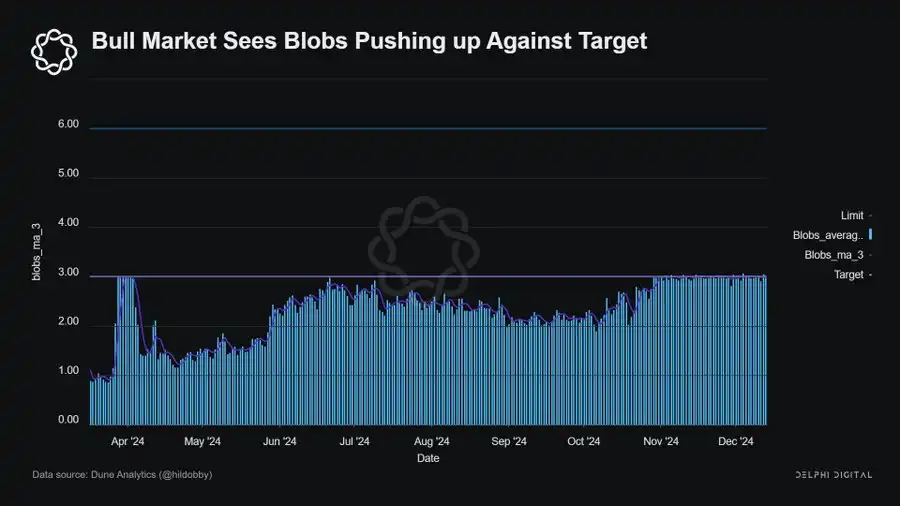
10. challenge and innovation
Despite the rapid development of the DeFi field, it still faces some key challenges.
·High entry barriers: Due to the limited support of centralized exchanges, users have to use Ethereum to cross-chain or rely on intermediary services;
·Insufficient token incentives: Many top-level agreements lack tokens or points plans, and users are not motivated to participate.
However, these challenges just indicate that DeFi still has huge innovation space and development potential in the following areas:
·Low mortgage lending products
·Loan Aggregator
·Interest rate derivatives
·On-chain securitization agreement
·Advanced Forecasting Markets
Looking to the future, DeFi’s next wave will focus on efficiency improvements, risk management and the development of more advanced financial instruments.
original link



